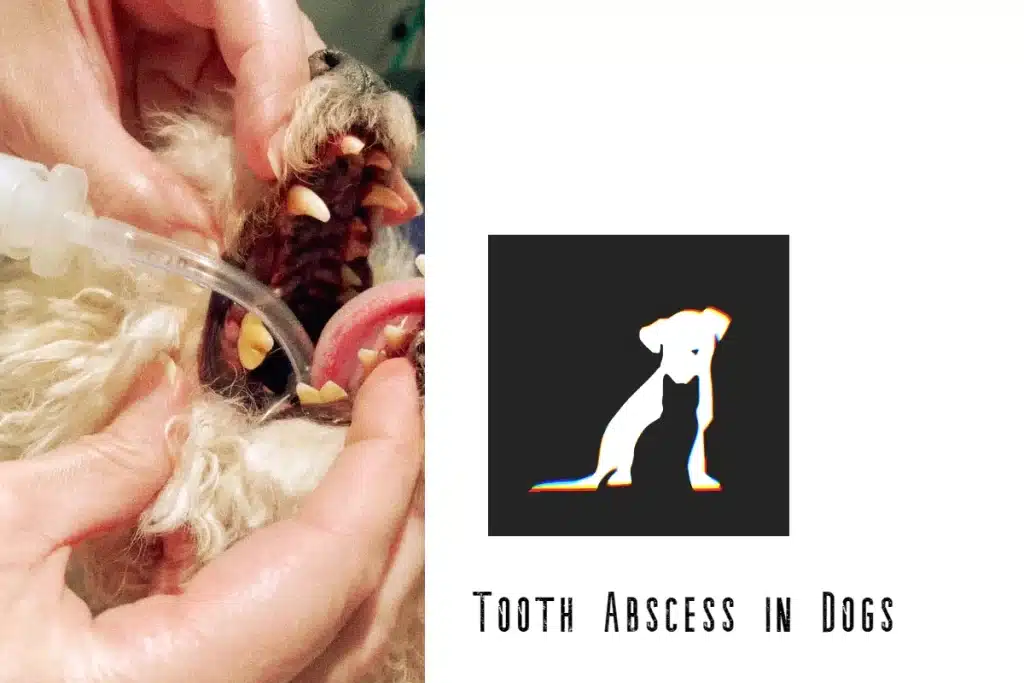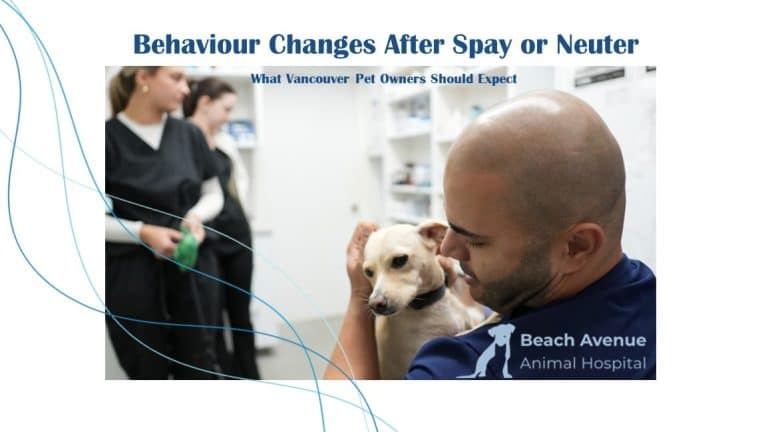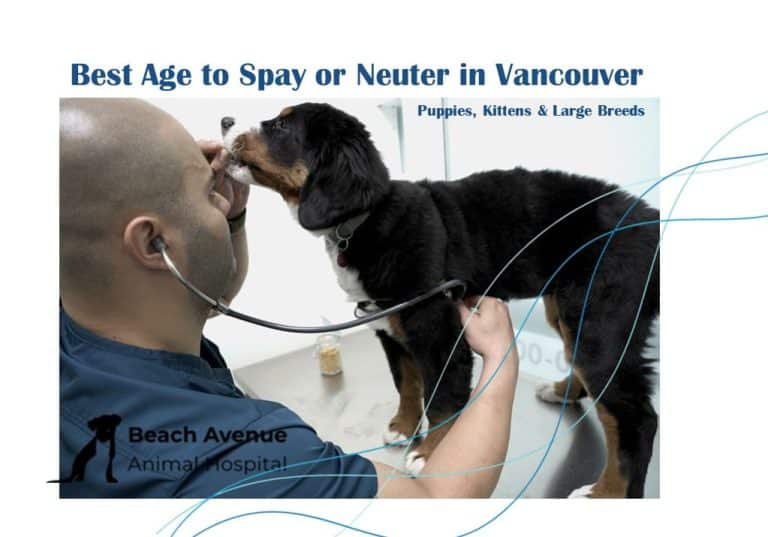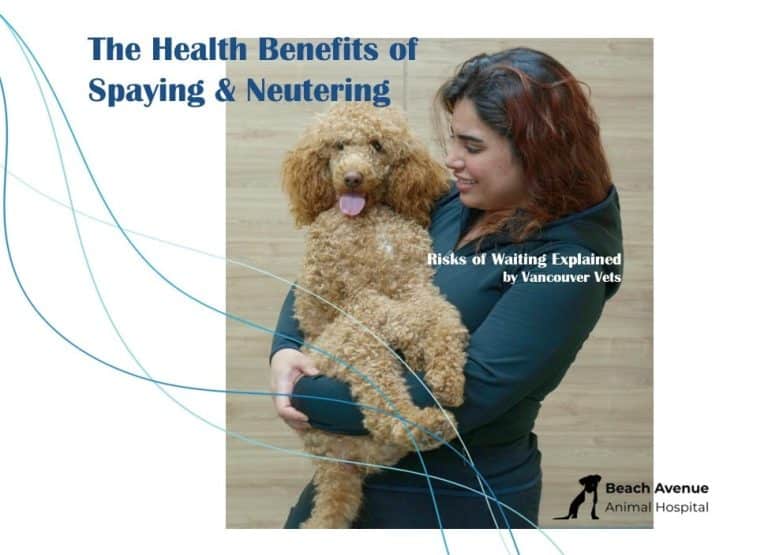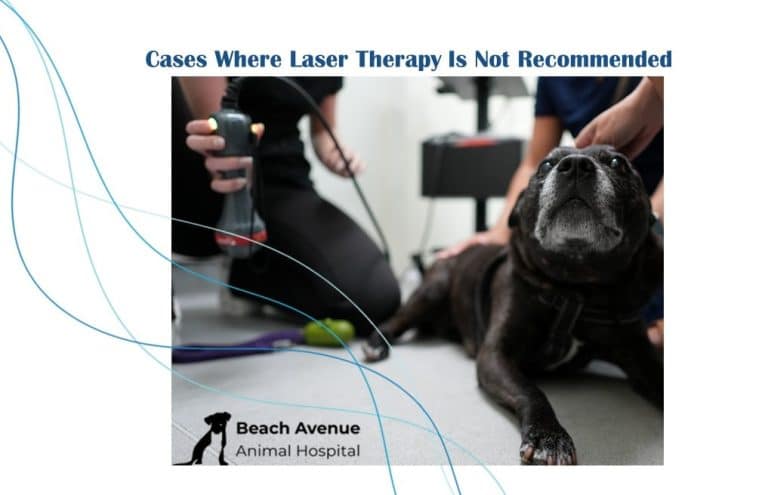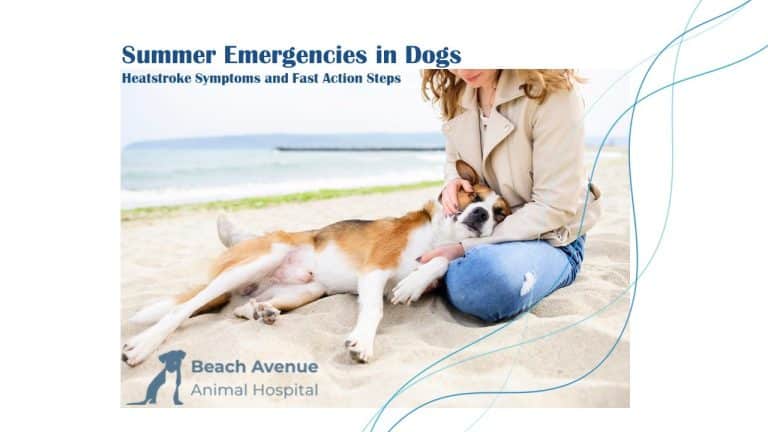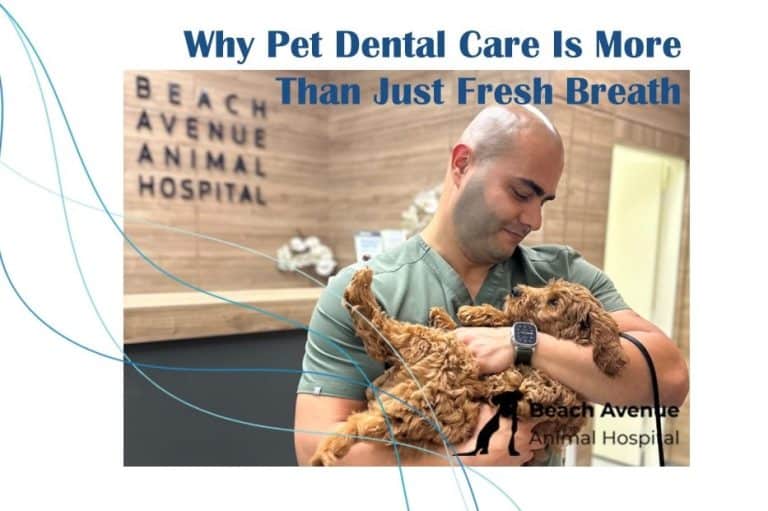A tooth abscess in dogs is a painful infection that affects the root of a tooth. If left untreated, it can lead to severe health problems, including infections spreading to other parts of the body. As a pet owner, recognizing the signs early and seeking prompt veterinary care can prevent unnecessary pain and complications.
Understanding Tooth Abscess in Dogs
A tooth abscess in dogs is a localized infection that occurs at the root of a tooth due to bacterial invasion. It typically results from dental disease, injury, or gum infections. This condition causes severe pain and can lead to further complications if not treated promptly. Recognizing the causes and symptoms can help ensure timely veterinary intervention.
What Is a Tooth Abscess?
A tooth abscess is a pocket of pus caused by bacterial infection. It usually forms when bacteria enter through a broken tooth, gum disease, or deep cavities.
Causes of Tooth Abscesses
- Dental disease: Plaque and tartar buildup can lead to infections.
- Broken or fractured teeth: A cracked tooth exposes the inner pulp to bacteria.
- Gum infections: Periodontal disease weakens the gums and allows bacteria to spread.
- Foreign objects: Sticks, bones, or other debris lodged in the gums can lead to infection.
Recognizing the Symptoms of a Tooth Abscess
Tooth abscesses can be painful and distressing for dogs. Identifying the symptoms early can help prevent the infection from worsening. Dogs may exhibit both mild and severe symptoms, ranging from bad breath to visible swelling and lethargy. Understanding these signs will enable you to take quick action and seek veterinary care before complications arise.
Common Signs
- Bad breath – A strong, foul odor from your dog’s mouth.
- Red or bleeding gums – Signs of irritation and infection.
- Swelling beneath the eye or on the face – May indicate an abscess in the upper jaw.
- Pawing at the mouth or face – A sign of discomfort or pain.
- Pain when eating or chewing – Your dog may avoid chewing on one side.
- Crying when chewing – Sudden yelping or whining when biting down.
Advanced Symptoms and Complications
- Fever – Indicates that the infection is spreading, affecting the body’s immune response.
- Swollen lymph nodes – A sign of the body fighting off infection, usually noticeable under the jaw or near the neck.
- Discolored or loose teeth – Suggests severe dental disease and possible tooth decay, which can worsen over time.
- Reluctance to chew kibble or dropping food when eating – Difficulty handling hard food due to pain and discomfort.
- Decreased appetite and weight loss – Pain makes eating difficult, leading to malnutrition over time.
- Excessive drooling – Often contains blood or pus, indicating an advanced infection.
- Lethargy and weakness – Your dog may appear tired, uninterested in normal activities, and sleep more frequently.
- Abscessed tooth with visible pus discharge – In severe cases, pus may be seen around the infected tooth or near the gum line, sometimes accompanied by a foul odor.
Diagnosis and Veterinary Examination
Early detection of a tooth abscess in dogs requires professional evaluation. A veterinarian will assess the condition through physical examination and diagnostic tests. Prompt diagnosis ensures the infection does not spread and allows for effective treatment.
When to See a Veterinarian
- If you notice any signs of pain, swelling, or changes in eating habits, seek veterinary help immediately.
- Delaying treatment can lead to more severe infections and complications.
Diagnostic Procedures
- Physical examination – The vet will check for swelling, pain, and infection.
- Dental X-rays – Help identify deep infections and damage.
- Blood tests – Determine if the infection has spread.
Treatment Options for a Dog’s Tooth Abscess
Veterinary Treatment
- Antibiotics – To control bacterial infection.
- Pain medication – To keep your dog comfortable.
- Drainage and cleaning – The vet may drain the abscess to remove infection.
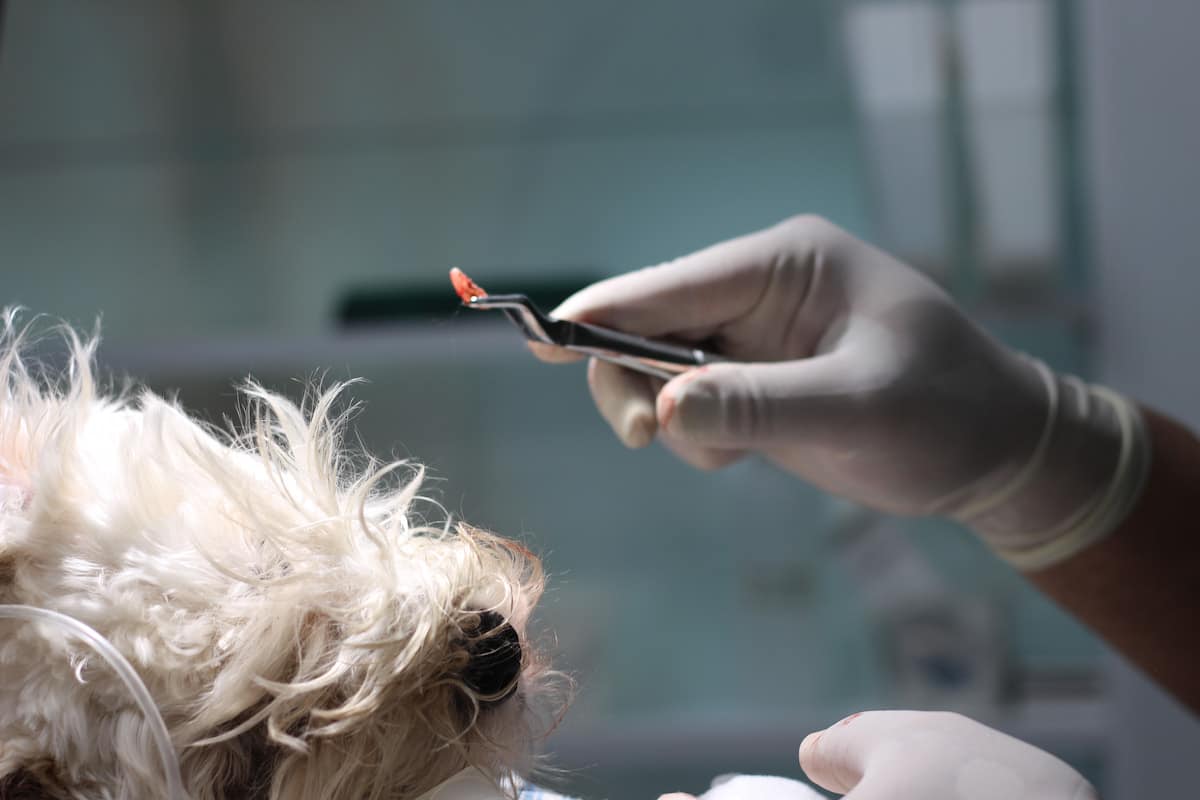
Tooth Extraction vs. Root Canal
- Tooth extraction – Necessary if the tooth is too damaged to save.
- Root canal – Preserves the tooth if caught early.
- Cost comparison – Root canals are often more expensive but preserve function.
Home Care and Recovery
- Follow medication guidelines – Ensure your dog completes the prescribed antibiotics.
- Soft food diet – Avoid hard kibble until the area heals.
- Monitor for complications – Watch for swelling, pus, or behavioral changes.
Preventing Tooth Abscesses in Dogs
Tooth abscesses are a common but serious dental issue in dogs. They occur due to bacterial infections in the root of the tooth, leading to pain, swelling, and discomfort. Preventative care, such as regular brushing and veterinary check-ups, can help reduce the risk of abscess formation and promote overall oral health.
Regular Dental Care
- Brush your dog’s teeth daily with dog-safe toothpaste.
- Use dental chews to help reduce plaque buildup.
Professional Dental Cleanings
- Schedule annual veterinary cleanings to prevent infections and maintain overall oral health through professional dog dental cleaning.
Proper Chew Toys and Diet
- Avoid hard bones or toys that can break teeth.
- Provide a balanced diet for strong dental health.
Monitoring for Early Signs of Dental Issues
- Check your dog’s mouth regularly.
- Address bad breath or changes in eating behavior promptly.
Potential Risks and Complications of Untreated Abscesses
- Infection spread – Can move to the bloodstream, causing severe health risks.
- Tooth loss – The affected tooth may fall out or need extraction.
- Jawbone damage – Severe cases can weaken the jawbone.
- Chronic pain – Reduces your dog’s quality of life.
Conclusion
A tooth abscess is a serious but preventable condition. Regular dental care, professional cleanings, and early detection can keep your dog’s teeth healthy. If you suspect a problem, don’t wait—seek veterinary care to ensure your pet stays pain-free and happy. Professional pet dental cleaning plays a crucial role in maintaining oral hygiene and preventing future dental issues.
Common Questions About Tooth Abscess in Dogs
- How can I tell if my dog has a tooth infection? Look for signs like bad breath, swollen gums, pawing at the mouth, reluctance to eat, and facial swelling.
- What happens if a dog’s tooth abscess is left untreated? The infection can spread, causing severe pain, tooth loss, or systemic infections that affect vital organs.
- Can I treat my dog’s tooth abscess at home? No, a vet should treat the infection. Home care can help with pain, but medical intervention is necessary.
- How much does it cost to treat a dog’s tooth abscess? Costs vary but typically range from $300 to $1,500, depending on treatment options.
- Do tooth abscesses in dogs go away on their own? No, abscesses require treatment to prevent serious complications.
- What antibiotics are used for dog tooth infections? Common antibiotics include amoxicillin, clindamycin, and metronidazole, prescribed by a vet.
- How long does it take for a dog to recover from a tooth abscess? Recovery usually takes 1-2 weeks, depending on the severity and treatment method.
- Are there natural remedies for treating a dog’s tooth infection? While some natural treatments may support dental health, they cannot replace professional veterinary care.
- How can I prevent my dog from getting a tooth abscess? Maintain regular dental hygiene, provide appropriate chew toys, and schedule professional cleanings.
- Can a dog’s bad breath indicate a tooth abscess? Yes, persistent bad breath is often an early sign of dental infections or abscesses.

